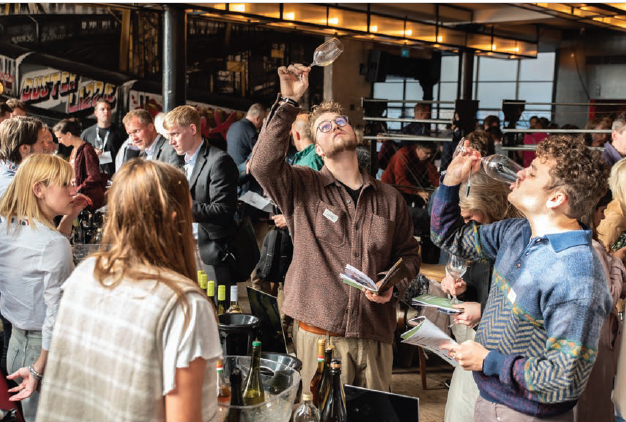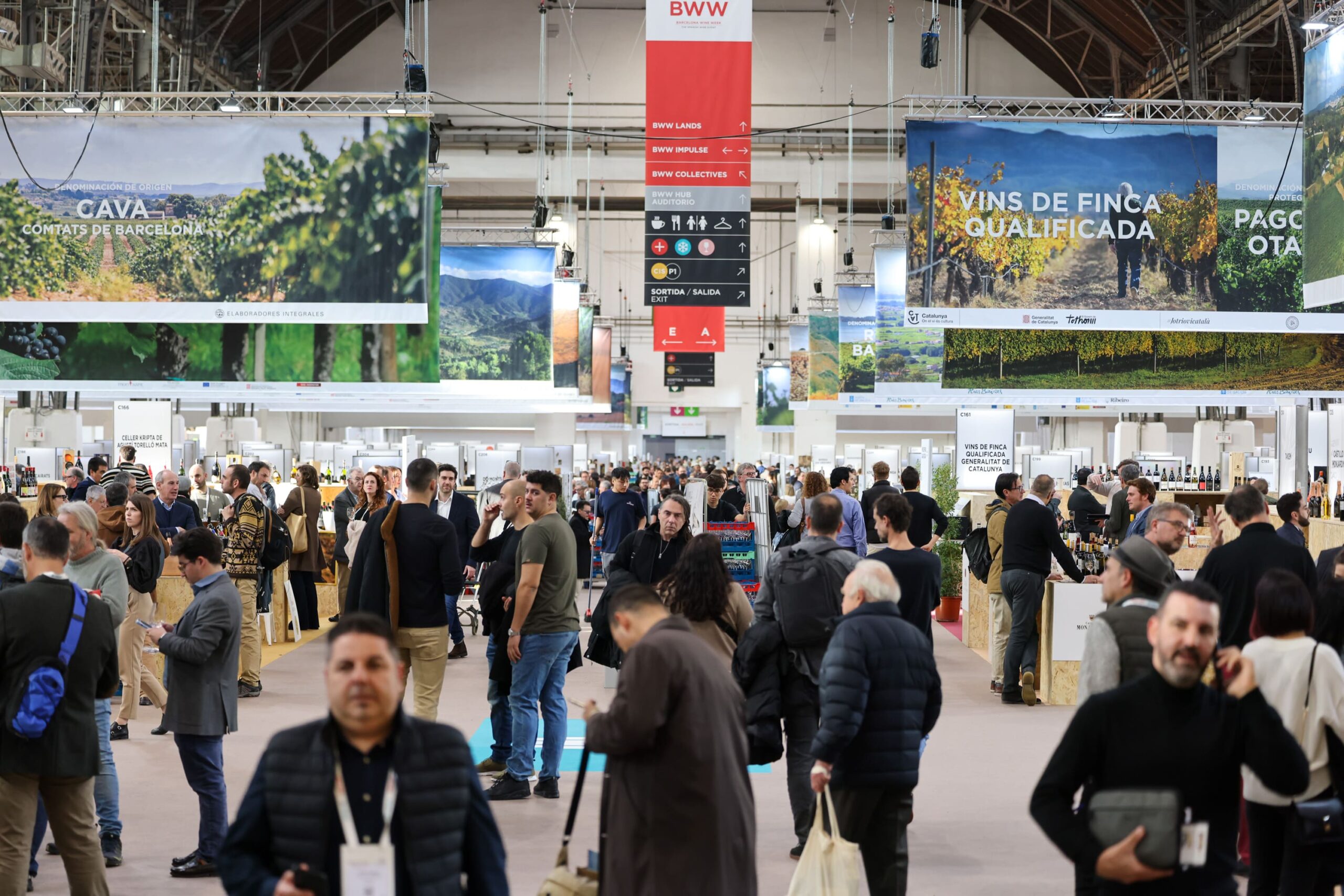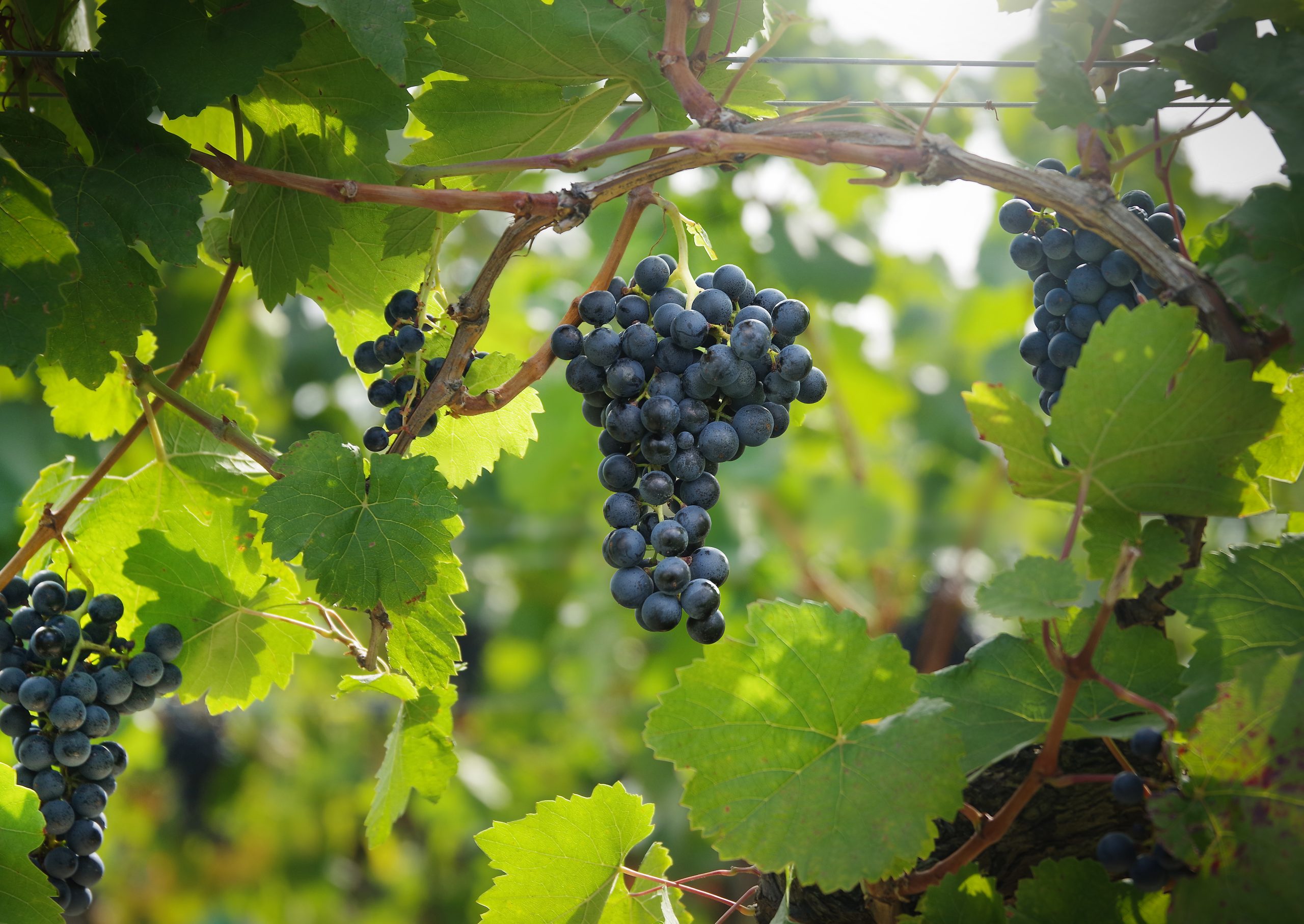The Pinhão Valley: celebrating Port’s ‘Goldilocks’ zone
The rustic calm of the Pinhão Valley offers a tranquil contrast to the touristic bustle of today’s Douro Valley hotspots, but make no mistake: this place has been the engine room of quality Port production for centuries. Richard Woodard reports.
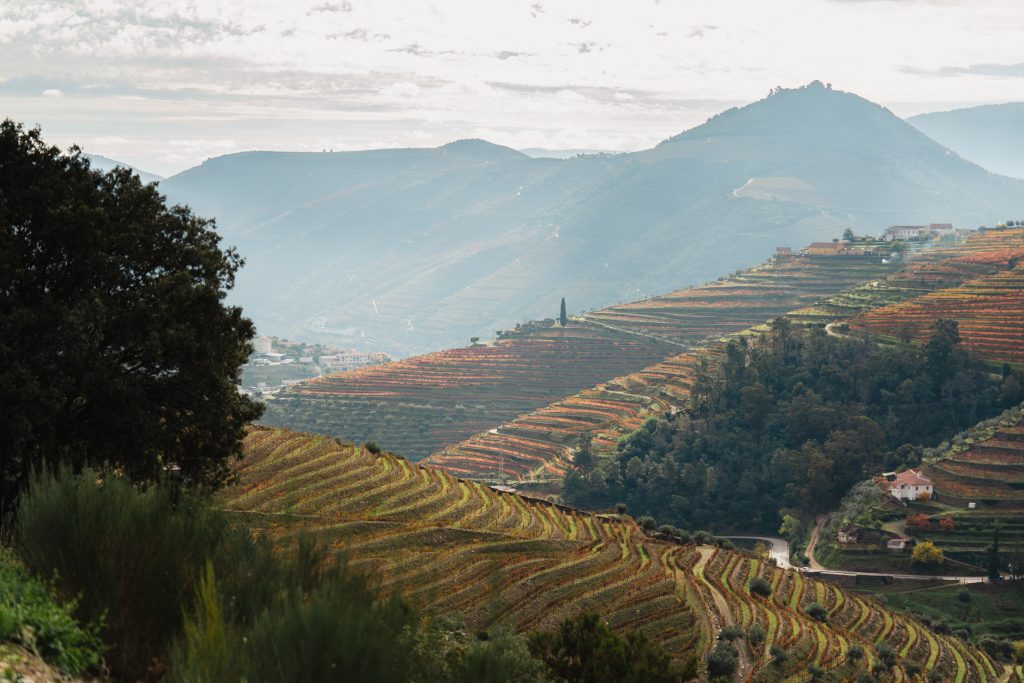
It’s sometimes hard to believe when you contemplate its dusty, shuttered shopfronts and somewhat jaded look, but the humble town of Pinhão, in the heart of the Douro Valley, has become something of a tourist honey pot in recent years. Witness the huge cruise ships that frequent its moorings, the plush people carriers bringing American daytrippers from Porto – or try driving across it at lunchtime.
But turn your back on the sweeping bend of the Douro, head into the valley that bears Pinhão’s name, and you enter a different world – a place of rural calm and quiet, where the tumbling terraces of vineyard are punctuated by patches of scrub and olive, the hilltops and few flat spaces dotted with the whitewashed houses of tiny hamlets.
Port’s headline-grabbing vineyards tend to cling to the vital artery that is the Douro river, from Quinta da Roêda and Quinta do Bomfim at Pinhão itself, upstream to Malvedos and on to legendary Douro Superior estates such as Vargellas, Canais and Vesúvio. In this hinterland of switchback, sometimes single-track roads, the Pinhão Valley remains – relatively speaking – off the beaten track and out of the limelilght.
And yet, for all its apparent modesty, this corner of the Douro is vital to the production of premium-quality Ports, and all the big shippers have a presence here – but, in most cases, direct vineyard ownership is a relatively recent development.

Taylor’s, for instance, started buying wine from Quinta de Terra Feita as far back as the 1890s, and even bottled some of its Ports separately in the early years of the 20th century – a precursor of the ‘single quinta’ concept that has since become commonplace.
But the company only bought Terra Feita de Baixo (‘lower’ Terra Feita, one of four components of the original estate) in 1974, before adding neighbouring plots and, finally, Terra Feita de Cima (‘upper’ Terra Feita) in 1990.
Of Taylor’s other Pinhão Valley vineyards, Junco was acquired in 1997 along with Casa Nova, and Eira Velha followed suit a decade later. In similar vein, sister house Fonseca (both are now owned by The Fladgate Partnership) bought wine from Quinta do Cruzeiro as early as 1870, but only took over the vineyard more than a century later, in 1973. Fellow Fonseca Pinhão Valley property Quinta de Santo António has been a fixture in the house’s Ports since the early 20th century – but has only been on its books since 1979.
This phenomenon of Port houses buying up vineyards has only been a significant trend for around 50 years – and it’s still continuing today. In 2020-21, Fladgate acquired more than 100 hectares of vineyard in the Pinhão Valley, buying the quintas of Vedejosa, Arruda, Bragão and Bucheiro for a reported €6 million. Clearly, this place has something going for it.
For Fladgate CEO Adrian Bridge and his team of viticulturists and winemakers, the area offers a ‘middle way’ between – and this is a sweeping generalisation – the high quality/low quantity of the Alto Douro, and the high quantity/low quality of the Baixo Corgo. “The Pinhão and [adjacent] Mendiz Valleys are a kind of marriage of the two,” says Bridge. “That’s great for premium Ports like LBV or [Fonseca] Bin 27.”
Partner Content
This characterisation of the area as a kind of ‘Goldilocks zone’ for Port production – neither too cool and wet, nor too hot and dry – is one that’s only likely to increase in appeal as our changing climate imposes more extreme weather events on a region already known for its searing summer heat.
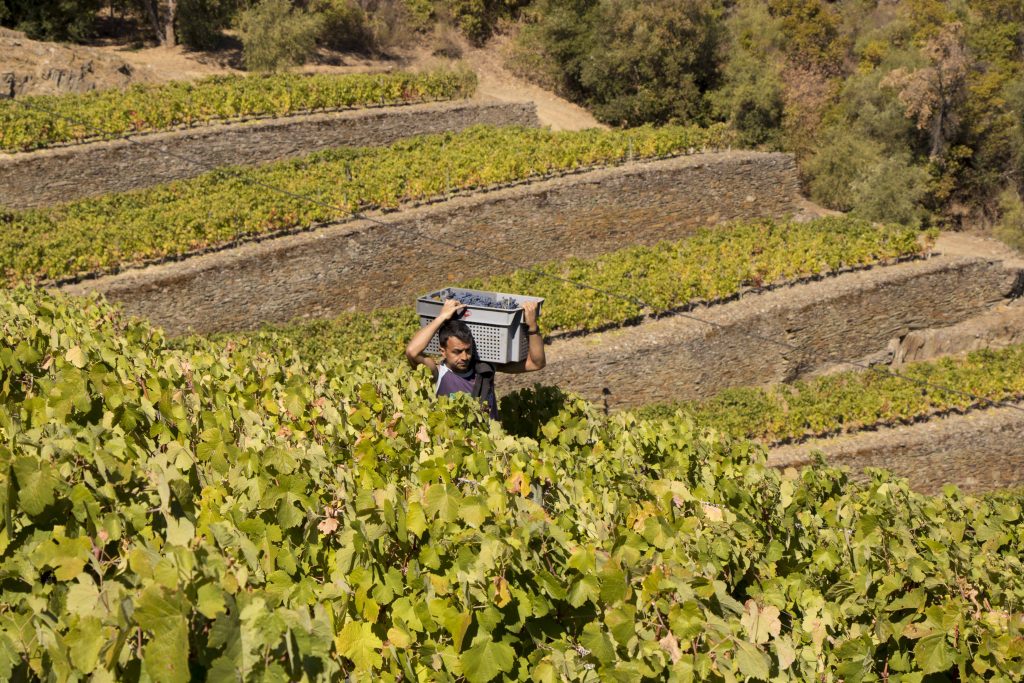
Now the Pinhão Valley is set to enjoy a bit more time in the spotlight, thanks to Taylor’s Sentinels vintage Port, launched earlier this year with the 2022 vintage. Pricewise, this sits roughly in the single quinta space (about £40 in the UK), but in terms of concept, it’s closer to Fonseca Guimaraens, which blends that house’s Cruzeiro and Santo António properties with fruit from its flagship Panascal vineyard in the Távora Valley.
Like Fonseca Guimaraens, Sentinels will be released in non-classic vintage declaration years; unlike Guimaraens, it’s all about the Pinhão Valley. Vargellas doesn’t feature in this wine, allowing the intense, earthy fruit of the other Taylor’s quintas – Terra Feita, Junco, Casa Nova and Eira Velha – to shine through.
The name – Sentinels – is a nod to history, and the 18th-century granite pillars (‘marcos de feitoria’) that delineated the Port production zone. Back then, all of these quintas earned the prized ‘vinho da feitoria’ classification (meaning their wine was good enough to be exported).
As Sentinels makes its bow, Fladgate has been busy higher up in the Pinhão Valley, buying Douro wine and Port producer Quinta do Portal in March this year. The acquisition covers 53ha of vineyard (Quinta do Portal, Quinta do Confradeiro and Quinta do Abelheira), winery, storage facility and the Casa das Pipas boutique hotel and restaurant.
The deal is most notable for marking Fladgate’s first foray into Douro table wine, building on the acquisition of Ideal Drinks, with its operations in the Minho, Dão and Bairrada (with which Portal shares a consultant winemaker, Pascal Chatonnet), and there’s no doubt that Fladgate will move to expand and enhance that part of the business. Bridge is already talking about replanting some of the surrounding table wine vineyards, and mechanisation is on the cards in this (relatively) flat part of the valley.

But there are implications for Port as well. Portal’s slab-like, Álvaro Siza Vieira-designed winery buildings – resembling perhaps a Bond villain’s lair or a nuclear weapons silo – are set to be repurposed and reorganised, with a new roof for improved insulation and windows to shine some light on a planned visitor centre.
Part of the revamp is also set to involve the installation of lagares – a reflection of the Portal location’s “huge strategic importance” in the Pinhão Valley, to quote Bridge. He is conscious that there is plenty of work to do in order to bring the operation up to the standards that Fladgate wants – but aware too of its potential, saying: “The good news is that, if you look at the wines that have been made in this situation, they’re pretty good, so…”
Together, Portal, along with the other recent local vineyard acquisitions made by The Fladgate Partnership, not to mention the historic estates on which the producer has relied for many years, are set to write a new chapter in the history of the Pinhão and Mendiz Valleys – cementing their enduring status as the beating heart of the Douro Valley’s premium Port production.
Related news
Castel Group leadership coup escalates
For the twelfth day of Christmas...
Zuccardi Valle de Uco: textured, unique and revolutionary wines

